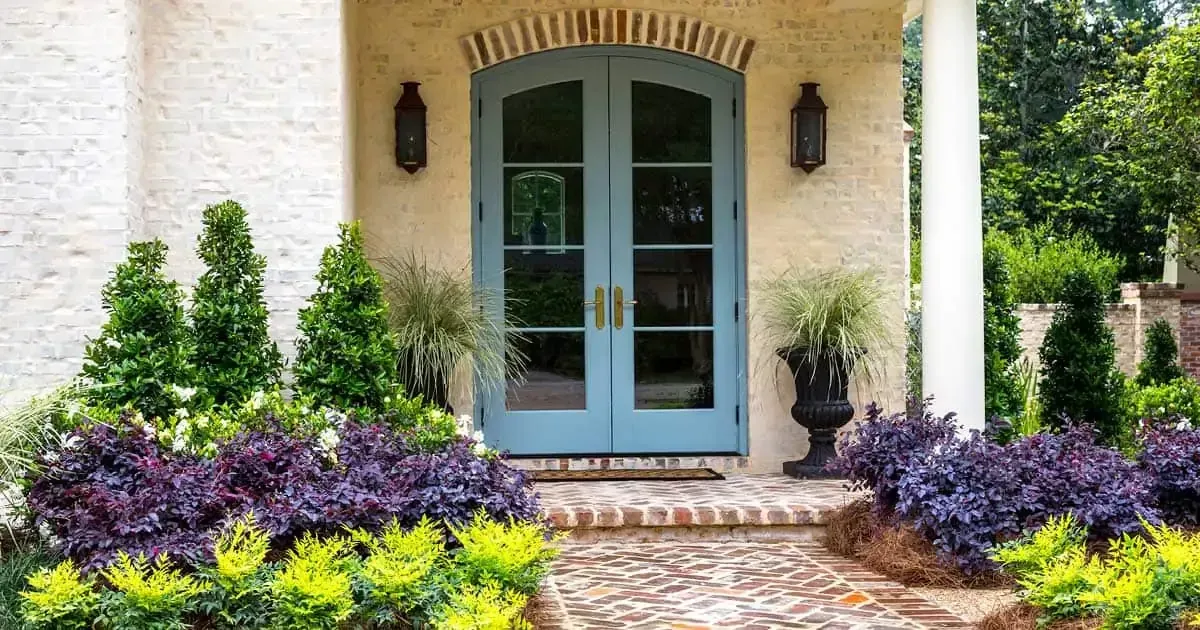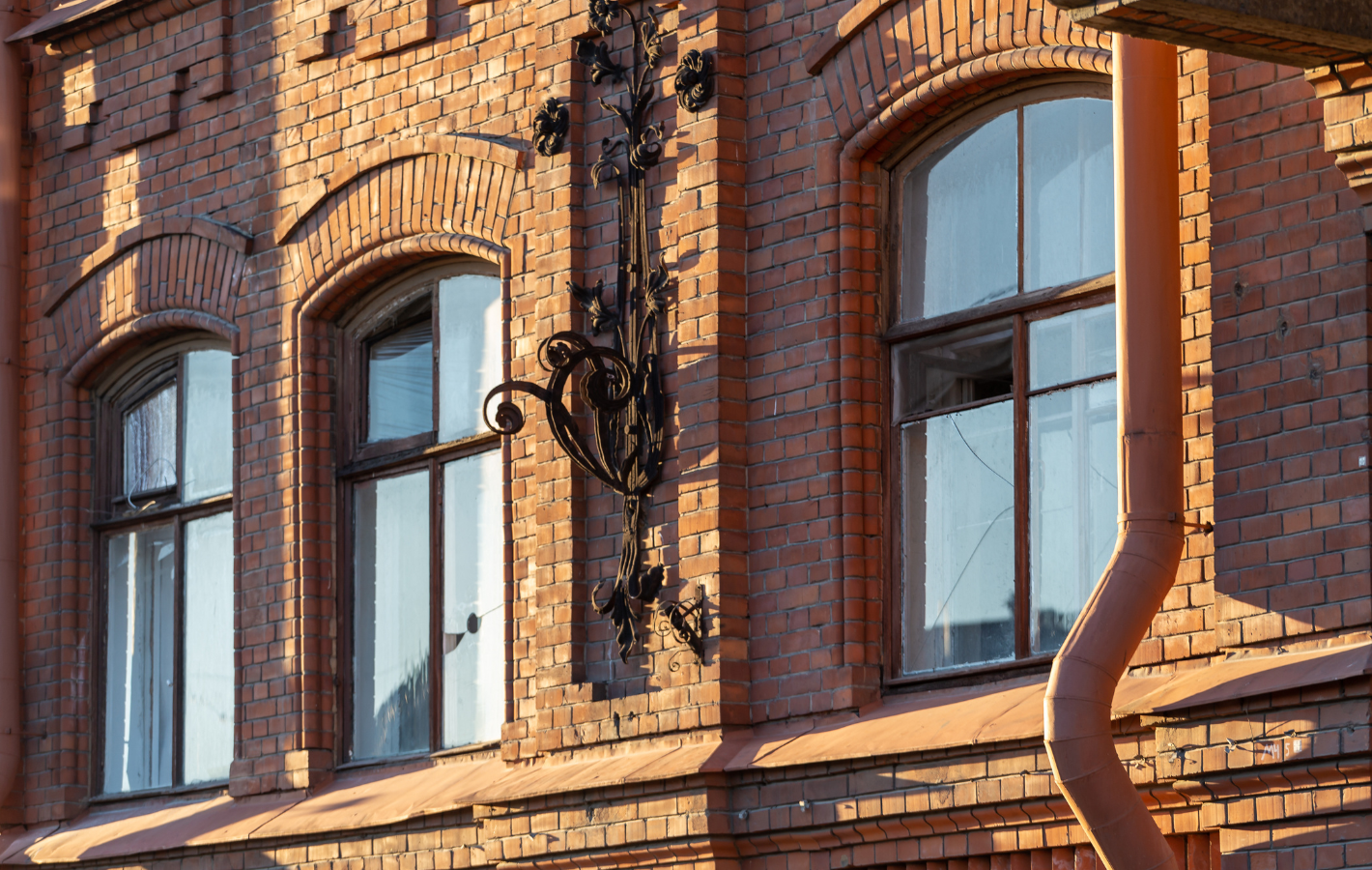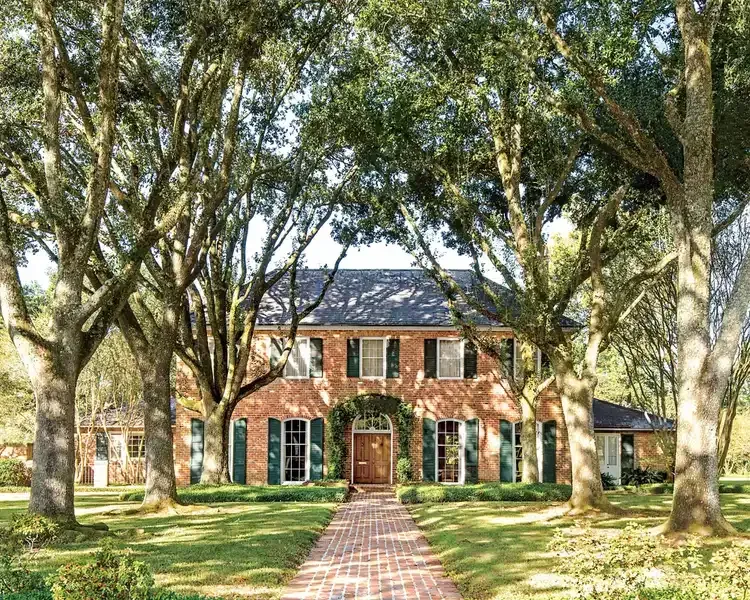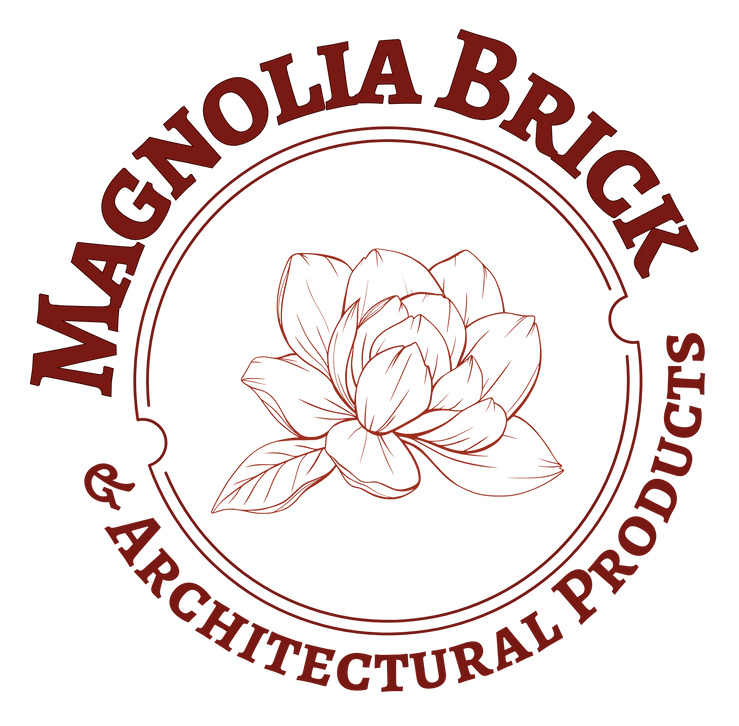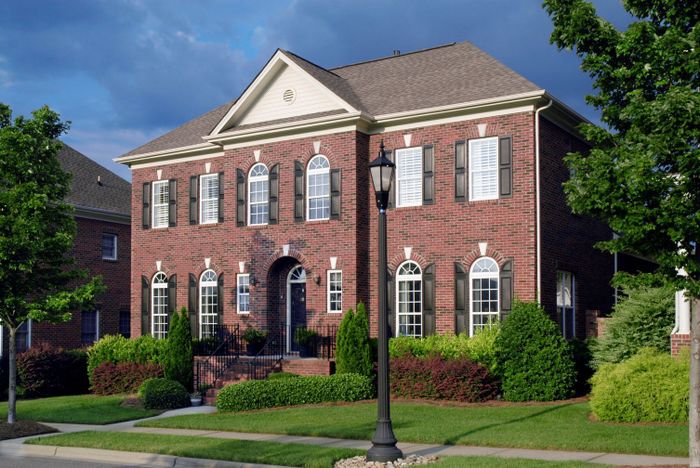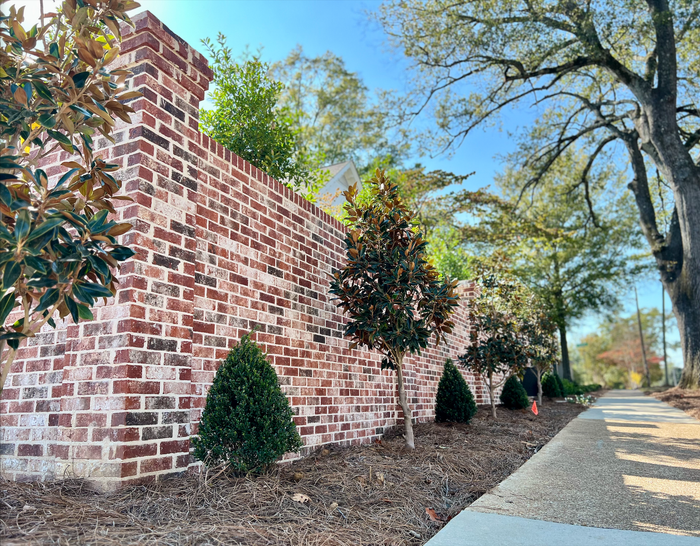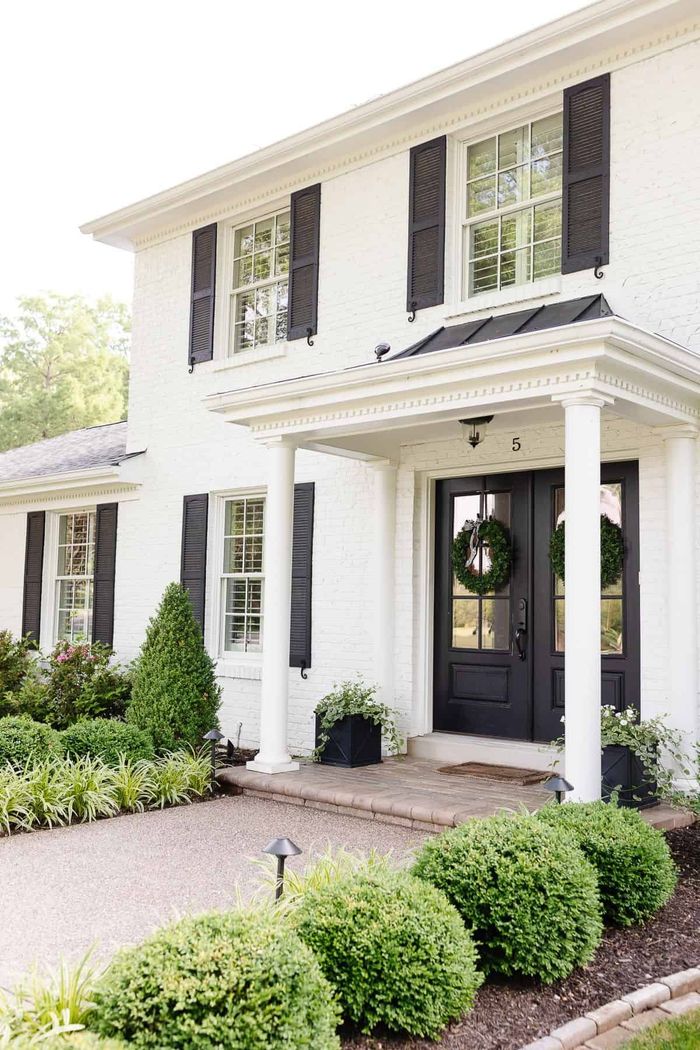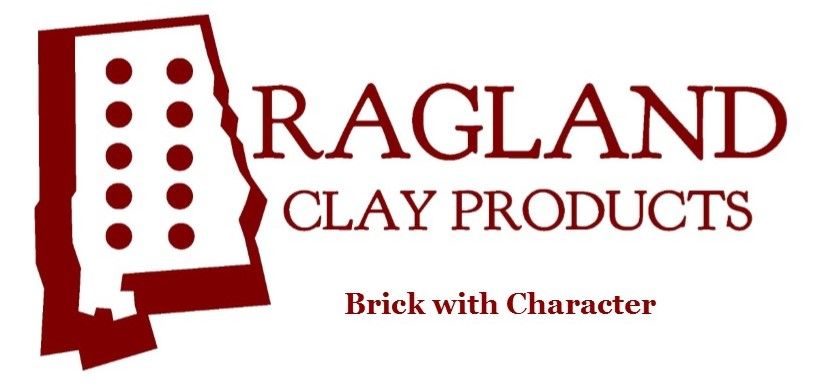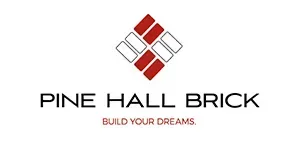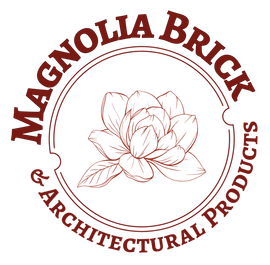August 20, 2025
In the world of construction and architecture, few materials have stood the test of time as admirably as brick. For thousands of years, bricks have been a fundamental building block, literally and figuratively, in the development of human civilization. From the ancient cities of Mesopotamia to the bustling streets of modern-day cities, brick has been a constant presence. Its enduring popularity is not just a matter of tradition but is rooted in the many advantages that brick offers over other building materials. In this blog, we'll explore the timeless appeal of brick, focusing on its durability, aesthetic charm, energy efficiency, and sustainability. We'll also delve into why brick homes continue to be a wise investment for homeowners looking to combine beauty with long-term value. Historical Context Bricks have been used as a building material for over 9,000 years, making them one of the oldest and most reliable materials known to humanity. The earliest bricks, made from mud and straw, were sun-dried and used by ancient civilizations such as the Sumerians, Egyptians, and Romans. These early bricks were employed in the construction of homes, temples, and even entire cities, many of which have withstood the ravages of time and remain partially intact to this day. As civilizations advanced, so did the techniques for brickmaking. The Romans, for example, perfected the use of fired bricks, which were more durable and weather-resistant than their sun-dried predecessors. Roman bricks were used to construct some of the most iconic structures in history, such as the Colosseum and the aqueducts, many of which still stand as a testament to the material's durability. The use of brick spread throughout Europe during the Middle Ages and Renaissance, where it became a popular material for building castles, churches, and fortifications. In the New World, European settlers brought brickmaking techniques with them, leading to the construction of brick homes, public buildings, and infrastructure that continue to define the architectural landscape of many cities and towns across the United States. Durability and Longevity One of the most compelling reasons for the enduring popularity of brick is its unmatched durability. Brick is inherently strong and resistant to the elements, making it an ideal material for structures that are meant to last for generations. Unlike wood, which can rot, warp, or be destroyed by insects, brick remains steadfast even in the harshest of conditions. Brick homes are known for their ability to withstand natural disasters such as fires, earthquakes, and hurricanes better than most other types of construction. This resilience is due to the fact that bricks are made from natural materials—clay and shale—that are fired at high temperatures, resulting in a dense and durable product. When used in construction, brick walls act as a barrier against external forces, protecting the interior of the home and its occupants. In addition to their resistance to physical damage, bricks are also highly resistant to wear and tear over time. They do not fade, peel, or require frequent repainting, as some other materials do. This means that brick homes often look as good as new even after decades of use, making them an excellent long-term investment. Aesthetic Appeal While durability is a crucial factor, the aesthetic appeal of brick is equally significant. Brick offers a timeless beauty that can be adapted to a wide range of architectural styles, from traditional to contemporary. The natural color variations in brick, ranging from deep reds and browns to light creams and grays, provide a warm and inviting appearance that is difficult to replicate with other materials. Brick's versatility extends beyond its color palette. The way bricks are laid can dramatically impact the visual appeal of a building. Techniques such as herringbone, basketweave, and running bond patterns allow architects and builders to create unique and visually striking designs. The texture of brick, whether smooth, rough, or somewhere in between, adds another layer of depth and interest to a building's exterior. In addition to its use in exteriors, brick is increasingly being used in interior design. Exposed brick walls have become a popular feature in homes, adding a rustic or industrial charm to living spaces. Whether used as an accent wall in a living room or as the primary material in a kitchen backsplash, brick brings character and warmth to any room. Energy Efficiency Another key reason for the enduring popularity of brick homes is their energy efficiency. Brick has excellent thermal mass properties, meaning it can absorb and store heat during the day and release it slowly at night. This natural regulation of temperature helps to keep homes cooler in the summer and warmer in the winter, reducing the need for artificial heating and cooling. The energy efficiency of brick homes is not only beneficial for the environment but also for homeowners' wallets. By reducing the reliance on heating and cooling systems, brick homes can lead to significant savings on energy bills. In an era where energy efficiency is becoming increasingly important, the natural insulating properties of brick make it a smart choice for environmentally conscious homeowners. Moreover, brick's resistance to temperature fluctuations means that it contributes to a more stable and comfortable indoor environment. This stability is especially important in regions with extreme weather conditions, where maintaining a consistent indoor temperature can be challenging. Sustainability In today's world, where sustainability is a growing concern, brick stands out as an eco-friendly building material. Bricks are made from abundant natural resources—clay and shale—that are often sourced locally, reducing the environmental impact of transportation. The brickmaking process itself has also become more sustainable, with many manufacturers adopting energy-efficient practices and utilizing waste materials to produce bricks. One of the most significant environmental benefits of brick is its longevity. Buildings constructed with brick can last for centuries, reducing the need for frequent repairs or replacements. This longevity translates to less waste in landfills and a lower demand for new construction materials. Additionally, bricks are recyclable. At the end of a building's life, bricks can be reclaimed and reused in new construction projects, preserving their historical value and reducing the need for new materials. This circular approach to building materials aligns with the principles of sustainable development, making brick an excellent choice for environmentally conscious builders and homeowners. Conclusion The enduring appeal of brick is no accident. Its combination of durability, aesthetic versatility, energy efficiency, and sustainability makes it one of the most desirable building materials available today. Brick homes are more than just structures; they are investments in the future, offering both immediate benefits and long-term value. For homeowners looking to build or renovate, choosing brick is a decision that pays off in many ways. It ensures that their home will stand the test of time, weather the elements, and provide a beautiful, energy-efficient living environment for generations to come. As we continue to seek out building materials that are not only practical but also sustainable and aesthetically pleasing, brick remains a top contender. Its history is a testament to its enduring qualities, and its future looks just as bright. In a world where trends come and go, brick stands as a timeless symbol of quality, craftsmanship, and lasting beauty.
